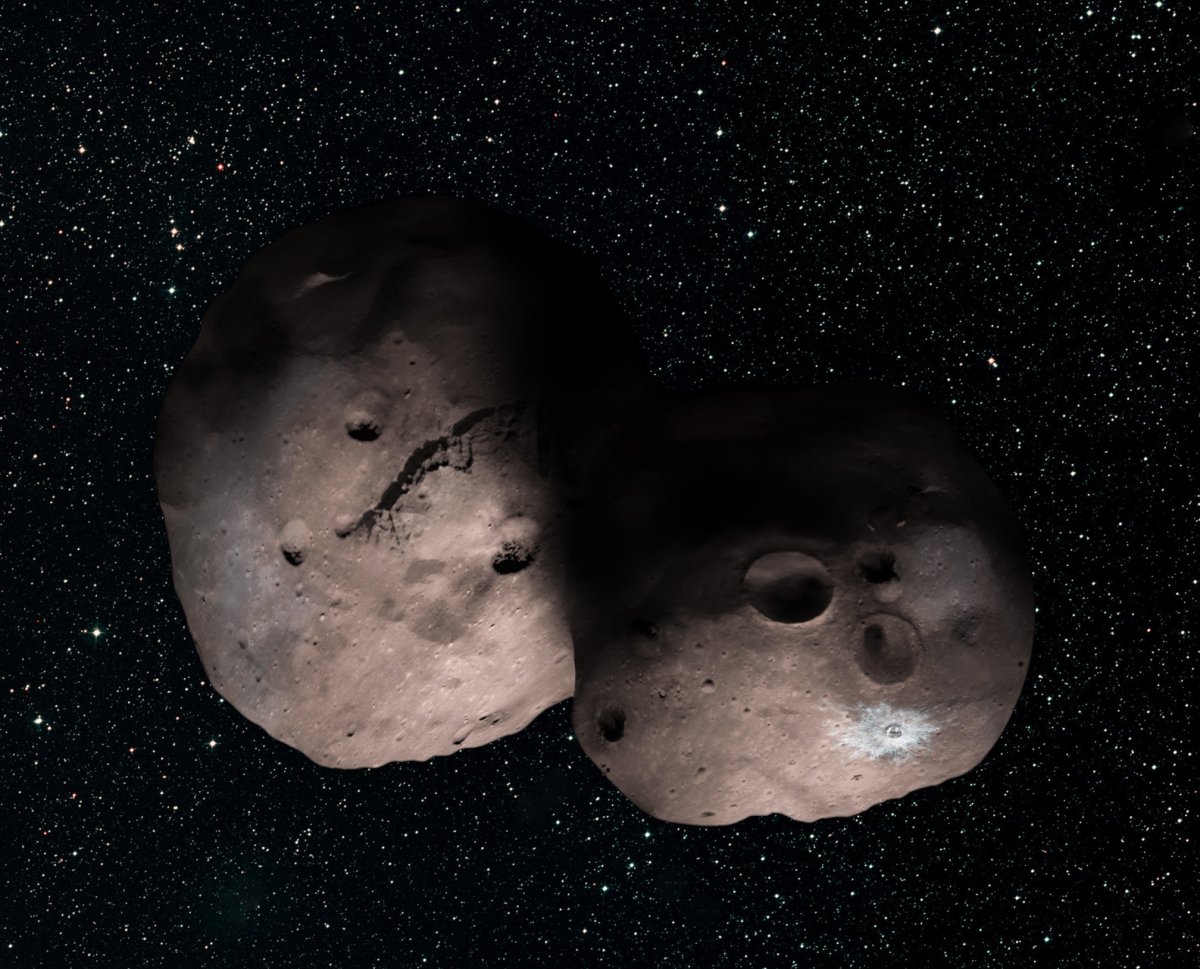
Well Rested
After five months of beauty sleep, New Horizons is about to be woken up. The craft was powered down while it made its way through the Kuiper Belt, and on September 11, NASA plans to revive the spacecraft so it can investigate an ancient object that’s located some 6.5 billion kilometers (4 billion miles) from Earth.
New Horizons was put to sleep in April 2017 following a mammoth two-and-a-half year stretch spent observing Pluto. A lengthy hibernation like this is one way to cut down on wear and tear, which can be an issue for a spacecraft that has now spent more than a decade off-world since launching in January 2006.
The purpose of New Horizons is to investigate the bodies on the very edge of our solar system. When it launched, Pluto was still considered a planet, and the best images we had of it were blurry snapshots taken by the Hubble Space Telescope.
New Horizons offered up some truly breathtaking photos of Pluto, packed with details that had previously gone unseen. Now, the spacecraft is gearing up for the most distant flyby in the history of space exploration in an attempt to answer questions about the ancient history of our solar system.
In the Zone
The Kuiper Belt — otherwise known as the Third Zone — is home to a space rock known as MU69. Hubble’s latest images suggest that it’s probably two binary objects or a pair of rocks that are stuck together, each of which measures around 19 kilometers (12 miles) across. New Horizons is about to clear up the confusion.
NASA was given some important data to help plan the flyby when MU69 passed in front of a star in July 2017. By capturing its shadow using a set of telescopes set up in Patagonia, Argentina, astronomers were given reason to believe that the object could be either a binary pair or a skinny, football-shaped body.

“It may even be a swarm of smaller bodies left from the time when the planets in our solar system formed,” Alan Stern, NASA’s principal investigator for New Horizons, told The Telegraph. “New exploration awaits us. It promises a scientific bonanza for the flyby.”
MU69 could provide some important insight into how our solar system came to be. The object is thought to be 4 billion years old, and it could offer clues about the formation of celestial bodies situated on the edge of our solar system.
New Horizons still has a bit of a journey before it can start sending us images of MU69, however — the spacecraft isn’t scheduled to pass by the object until January 1, 2019.